Living With Climate Change in Farmworker Communities
By David Bacon
According to Dr. Jessica Hernandez, a Zapotec scholar and board member of Sustainable Seattle, “indigenous peoples are the first impacted by climate change.” She points to the fate of the small municipality of San Pablo Tijaltepec, high in the Sierra Mixteca of Oaxaca, in southern Mexico: “Accelerated changes to our climate due to urbanization, fossil fuel industry, etc. continues to result in devastating impacts. The heavy rains that have recently taken place in Oaxaca, Mexico, have destroyed many of the harvests Indigenous peoples depend on. For the pueblo San Pablo Tijaltepec, their milpas [corn fields] were completely destroyed. This leaves 800 Mixtec families without the communal harvest they all depend on.”
Losing the milpas and harvest is a blow that falls on people already having a hard time surviving. The Mexican government says family income in the municipality averages about $500/month, leaving half its residents in extreme poverty. In 2020 only an eighth of San Pablo Tijaltepec had access to a sewage system, and over a tenth had no electricity. The region’s Mixteco-speaking people have been leaving and searching for work for decades as a result, joining the 400,000 who leave Oaxaca for northern Mexico and the U.S. every year.

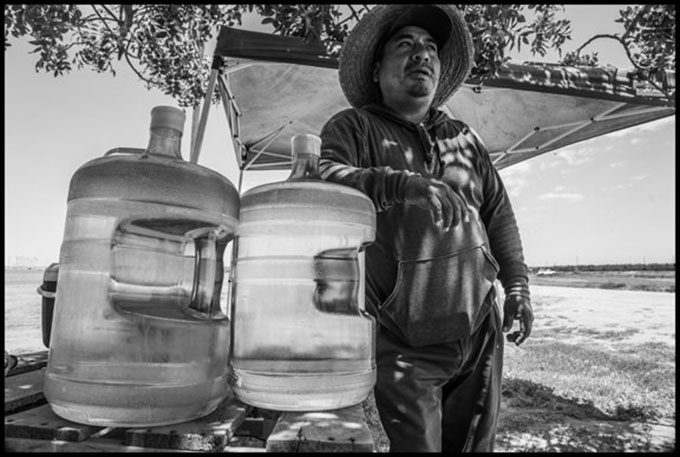
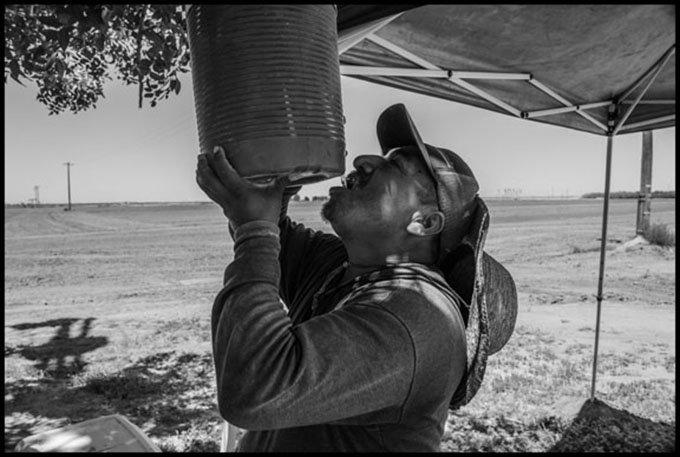
In California’s southern San Joaquin Valley, the most productive agricultural region of the world, people from San Pablo Tijaltepec have created a new home, an extension of their Oaxacan community, in the small town of Taft. For over two decades they’ve worked as farmworkers in the surrounding fields. Here, instead of torrential rains, they face another environmental danger – the summer’s heat, which can rise to over 110 degrees in July and August.
The connection between climate change and increasing summer temperatures has been dramatized by the “heat dome” that covered the Pacific Northwest in July, leading to similar temperatures in a region accustomed to lesser heat. Portland had a high of 116 degrees. In the nearby Willamette Valley one farmworker, Sebastian Francisco Perez, died as he continued to work in the heat, moving irrigation pipes, in order to pay a debt to a “coyote” who’d smuggled him across the border. Scientists, and even President Biden, attributed the heat dome to climate change and its associated drought.
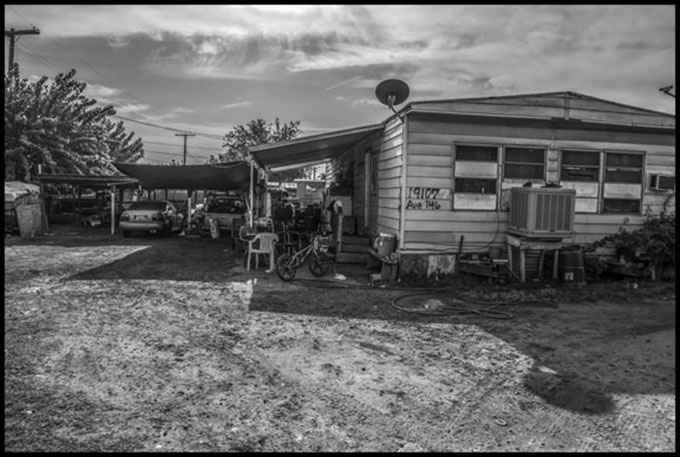
In the southern San Joaquin Valley town of Poplar, extreme heat in the summer is the normal condition in which people live and work. It is one of the poorest communities in the state. Air conditioning in trailer homes or crowded houses normally consists of old swamp coolers, which hardly lower temperatures. At work people bundle up, using layers of clothing to insulate against heat and dust.
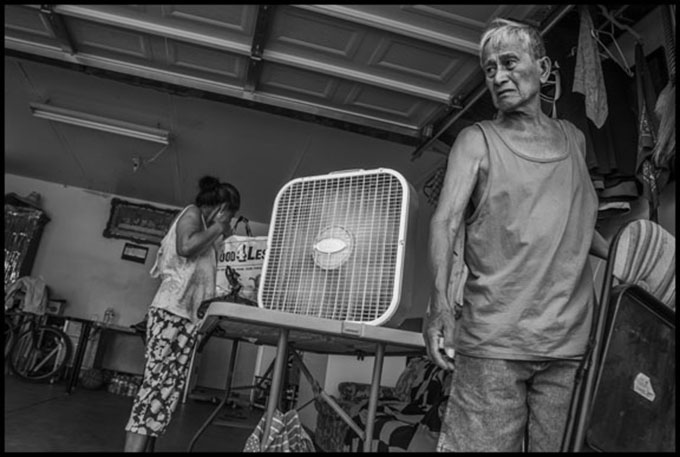
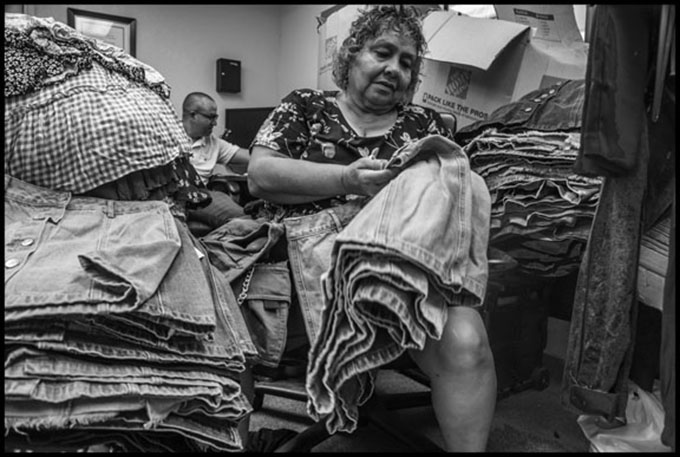
Poplar’s families are almost all immigrants or their children, who have traveled here from other parts of Mexico, or have crossed the Pacific Ocean from the Philippines. Many now are older people, long accustomed to the heat. Yet for them the danger is greater as they get older. Some already have health conditions springing from poverty and the hard conditions in the fields. “In extreme heat, the body must work extra hard to maintain a healthy temperature,” cautions health journalist Liz Seegert. “Older adults are at higher risk for heat stroke, heat cramps, heat exhaustion and other serious health issues due to poorer circulation and less effective sweating that comes with aging.”
This rural poverty of the southern San Joaquin stands in stark contrast to the enormous wealth the labor of its people produce. Poplar’s Tulare County produced $7.2 billion in fruit, nuts and vegetables last year. Yet the average income of a county resident is $17,888 per year, compared to a U.S. average of $28,555, and 123,000 of Tulare’s 453,000 residents live below the poverty line. Poverty forced farmworkers to continue working during the pandemic. Tulare County’s COVID-19 infection rate was much greater, per capita, than large cities. A year ago Tulare had 7,603 confirmed cases, and 168 deaths. Heavily urban Alameda County had 9,411 confirmed cases and 167 deaths. But Alameda County’s population is 1.67 million, over three times that of Tulare County.
Photo Home and communities #6-10
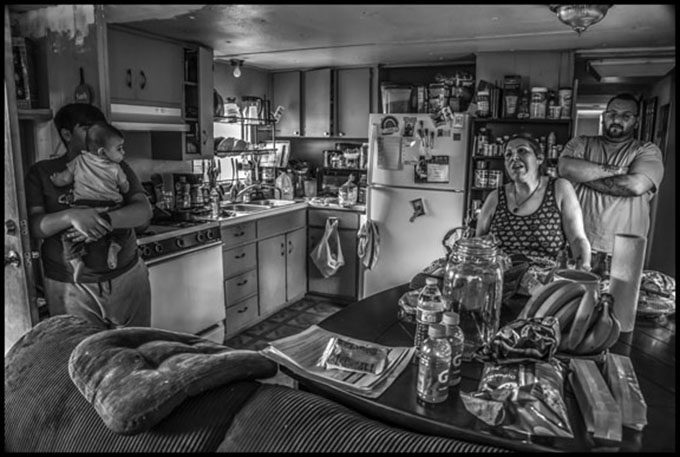
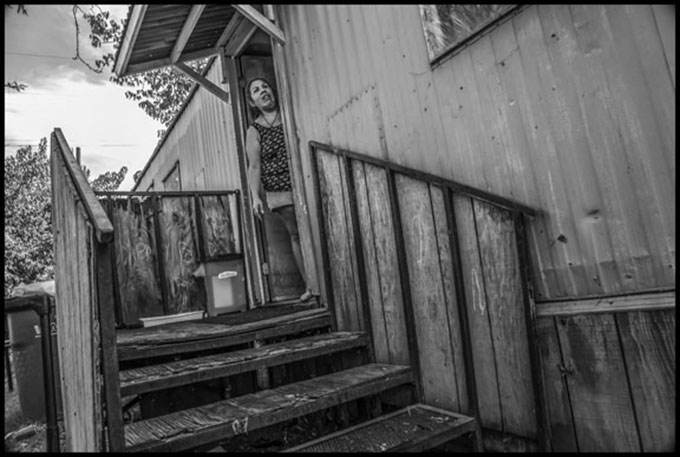
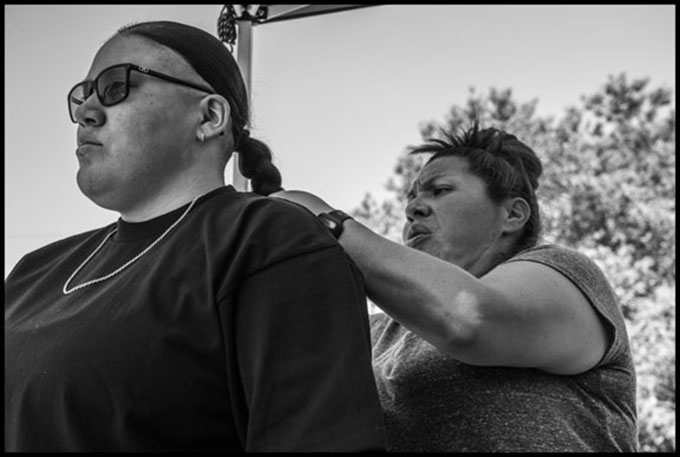
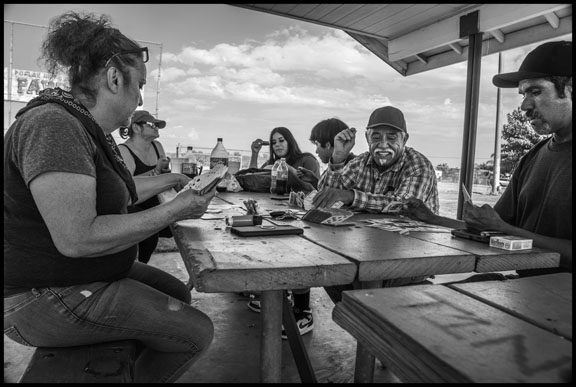
These farmworker communities have fewer resources, but they are creative and resilient. Poplar’s Larry Itliong Resource Center holds vaccination clinics and campaigns for a park where people can find shade in the heat. Legal aid workers in Taft provide counseling about labor and tenant rights in indigenous languages like Mixteco. A history of farm labor activism in the San Joaquin Valley stretches back to the great grape strike of 1965, led by Larry Itliong, for whom the Poplar center is named, as well as Cesar Chavez, Dolores Huerta and others.
Rosalinda Guillen, director of the women-led farmworker organization Community to Community in Washington State, condemns the system of corporate agriculture for treating farm workers as disposable. “The nation’s farmworkers,” she says, “should be recognized as a valuable skilled workforce, able to use their knowledge to innovate sustainable practices. Most are indigenous immigrants and have the right to maintain cultural traditions and languages, and to participate with their multicultural neighbors in building a better America.”
…